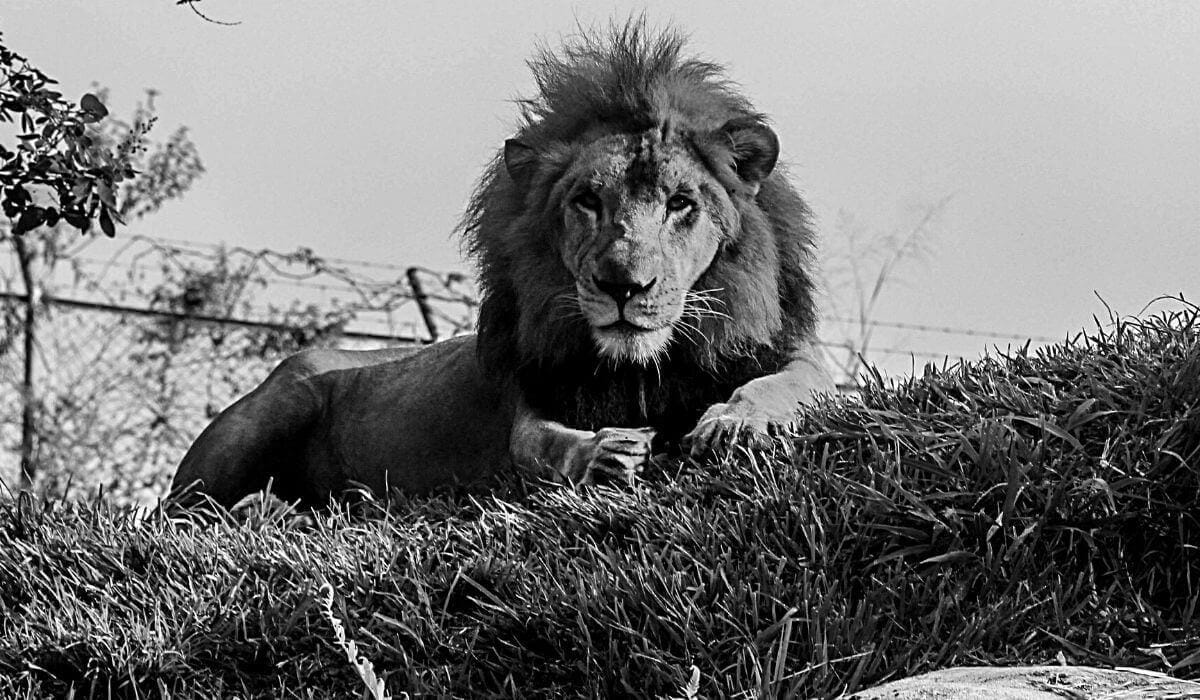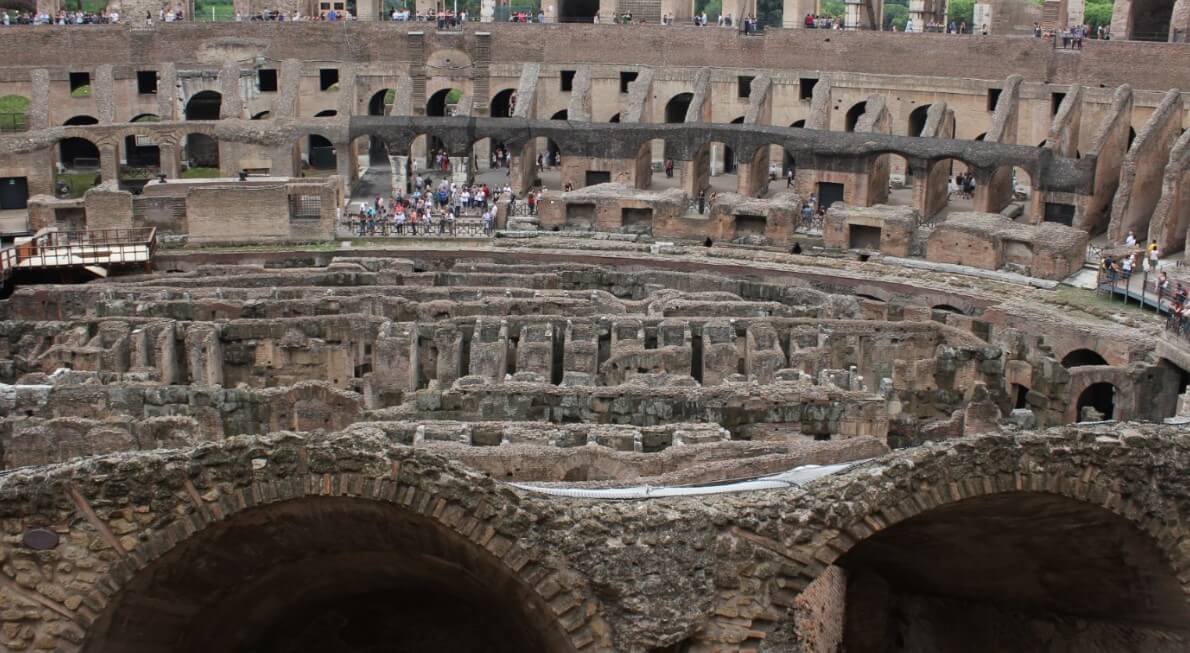
Damnatio ad Bestias: All About Roman Executions at the Colosseum
This gruesome method of capital punishment was one of a range of crazy “blood sports” practiced by the Romans at the turn of the millennia. Starting in the first century AD, not only Damnatio ad Bestias was a way to deal with criminals, but also a form of entertainment for Rome’s masses!
Contents
- 1 What's the Damnatio ad Bestias meaning?
- 2 Who were Bestiarii in Ancient Rome
- 3 What happened during Damnatio ad Bestias?
- 4 Damnatio ad Bestias and Christians
- 5 What animals were used for Roman executions in the colosseum
- 6 4 Horrible facts about Roman Bestiarii convicted to death
- 7 Frequently asked questions about the Damnatio ad Bestias
- 8 Conclusion
What's the Damnatio ad Bestias meaning?
Meaning “condemnation to beasts”, Damnatio ad Bestias was literally throwing someone to the lions. In fact, death by lions, tigers, leopards and other exotic big cats was the method of choice. It was usually a punishment reserved for the worst criminals – escaped slaves or, in the eyes of the Romans, Christians.
Who were Bestiarii in Ancient Rome

The Damnatio ad Bestias was just one form of mauling by animals for entertainment. They fit within a wider scope of gruesome sports practised by the Romans. Those who participated can generally be classified in two groups: the ones partaking in the “sport” for punishment, and those who did it for other reasons, such as riches or to create a glorious legacy for themselves. Either way, they were known as Roman Bestiarii.
Roman Bestiarii – those being punished
If you were unlucky enough to get yourself caught by the Romans for a serious crime, then you were in for some trouble. Runaway slaves, or prisoners who had murdered or stolen, Christians and other undesirables could be in line for Damnatio ad Bestias.
Roman Bestiarii – glory hunters
In other instances, prime warriors were actively encouraged by Emperors to practice their fighting skills, either armed or unarmed, during Roman executions at the Colosseum. There eventually evolved a whole trade around this practice, whereby young men would fight wild animals for money!
What happened during Damnatio ad Bestias?

For starters, it was pretty horrifying. What we do know from historians is that the practice existed in other countries to which exotic cats were native. It is first recorded in Rome as happening in the Roman Forum, following which it moved to Roman executions in the Colosseum.
The condemned were placed in the amphitheatre, without clothing and any weapons. Then, the animals were released. Usually, it didn’t take long for one animal to kill one man, and then move on to the next.
Even if the accused was able to injure or rend incapacitated one big cat, the Romans would simply release another. The highest recorded kill by one lion was 200 men in one event. It is fair to say the atmosphere in the cells the night before was horrible!
Damnatio ad Bestias and Christians
Persecution of the growing Christian population wasn’t anything new. Starting in 54 AD, Nero began targeting Christians, blaming them for fires and destruction, and riling up anti Christian sentiment. This grew as Christianity increasingly conflicted with Roman pagan traditions.
There are some horrifying reports of men being tied to wild boar, having bears set upon them, and even one occasion where the bystanders mocked baptism due to the flow of blood.
What animals were used for Roman executions in the colosseum
The extent of the Roman empire’s reach helped with the procurement of a wide range of wild animals from all over the world! Big Cats were the favourite – so lions, tigers, leopards, jaguars and pumas all featured heavily. In addition. On top of that, rhinos, crocodiles, elephants and even giraffes were shipped in. Of course, the giraffes didn’t really do anything.
The Romans even stepped out of the Empire to raid into Scotland, beyond Hadrian’s Wall, to capture bears from the highlands and transport them over!
4 Horrible facts about Roman Bestiarii convicted to death

Here are some really gross facts we know about the Bestiarii who were convicted to death in the Damnatio ad Bestias games.
Committing suicide prior to the event
Many of the convicted knew what was awaiting them. The odd man tried to kill himself before the event, so as not to undergo the prolonged torture by wild animal. There are tales of a German prisoner choking himself to death by eating a sponge, and a bunch of men strangling each other in the cells the night before. One man even pretended to nod off and impaled his neck on a spike. By the way, the sponge the German ate was a toilet sponge. That was used instead of toilet roll… on multiple people…
Wiping out huge numbers of wild animals
The scale of the events were so huge that the animal's home regions began to see a depletion in the population. Some subsets of exotic creatures were even wiped out completely.
Mistreatment of animals
It should come as no surprise that the animals in the Roman’s possession were greatly mistreated. The animals were often excessively starved and beaten to make them angry and up or a fight.
Poena cullei
Damnatio ad Bestias wasn’t the only form of punishment. There was also the Poena cullei, which was specifically dished out to people who killed a family member. It translates to “penalty of the sack”. Basically, the condemned would get bundled into a big leather sack with a snake, chicken, dog and a monkey and thrown into a body of water!
Frequently asked questions about the Damnatio ad Bestias

It’s no surprise that we get questions about this gruesome sport. Here are a few of the most recent ones.
What led to Damnatio ad Bestias in Ancient Rome?
It is thought the custom was brought to Rome by a couple of military commanders after victory in Macedonia and Carthage. The practice eventually reached the Roman amphitheatres after first appearing in the Roman Forum.
Did anyone survive Damnatio ad Bestias?
Of course, the most famous account of anyone surviving the lion's den is found in the Book of Daniel in the Bible. The story of Androcles is another good one - thrown into the den, the lion barely touched him. He claimed that he had previously removed a thorn from that very same lion's paw in Africa, and it spared him because it remembered!
How many people died in the Colosseum?
Used over 400 years as a gruesome spectator venue it is estimated that 1000 people died every year in the Colosseum. That’s a massive 400,000 people over the lifespan of the games.
Conclusion
Now you know about the events in the Colosseum, why not take a look at some more interesting facts about the place, and get to booking your tickets today!
Fanny, an ardent admirer of ancient history and architecture, has been fascinated by the Colosseum since her first visit to Rome in 2012. As a key contributor to the Visit Colosseum Rome blog, she brings her passion for the Roman Empire’s monumental legacy to every article and guide.
